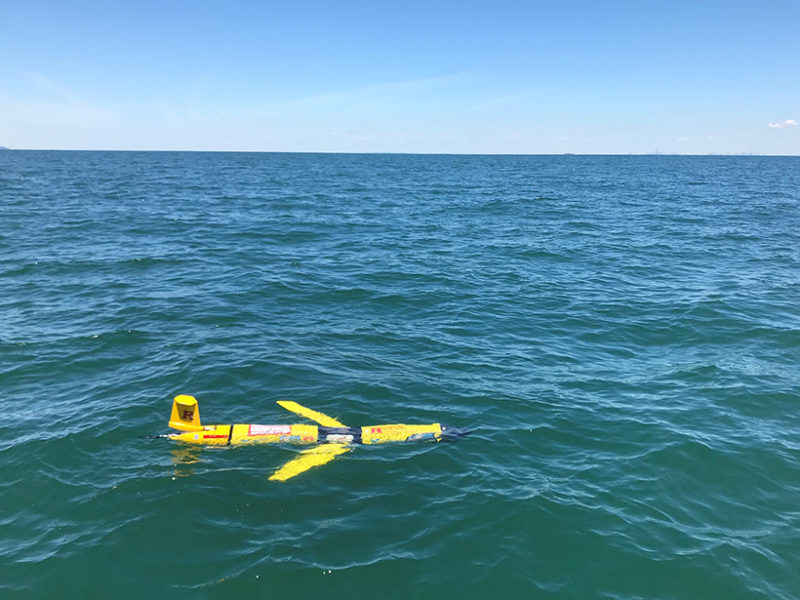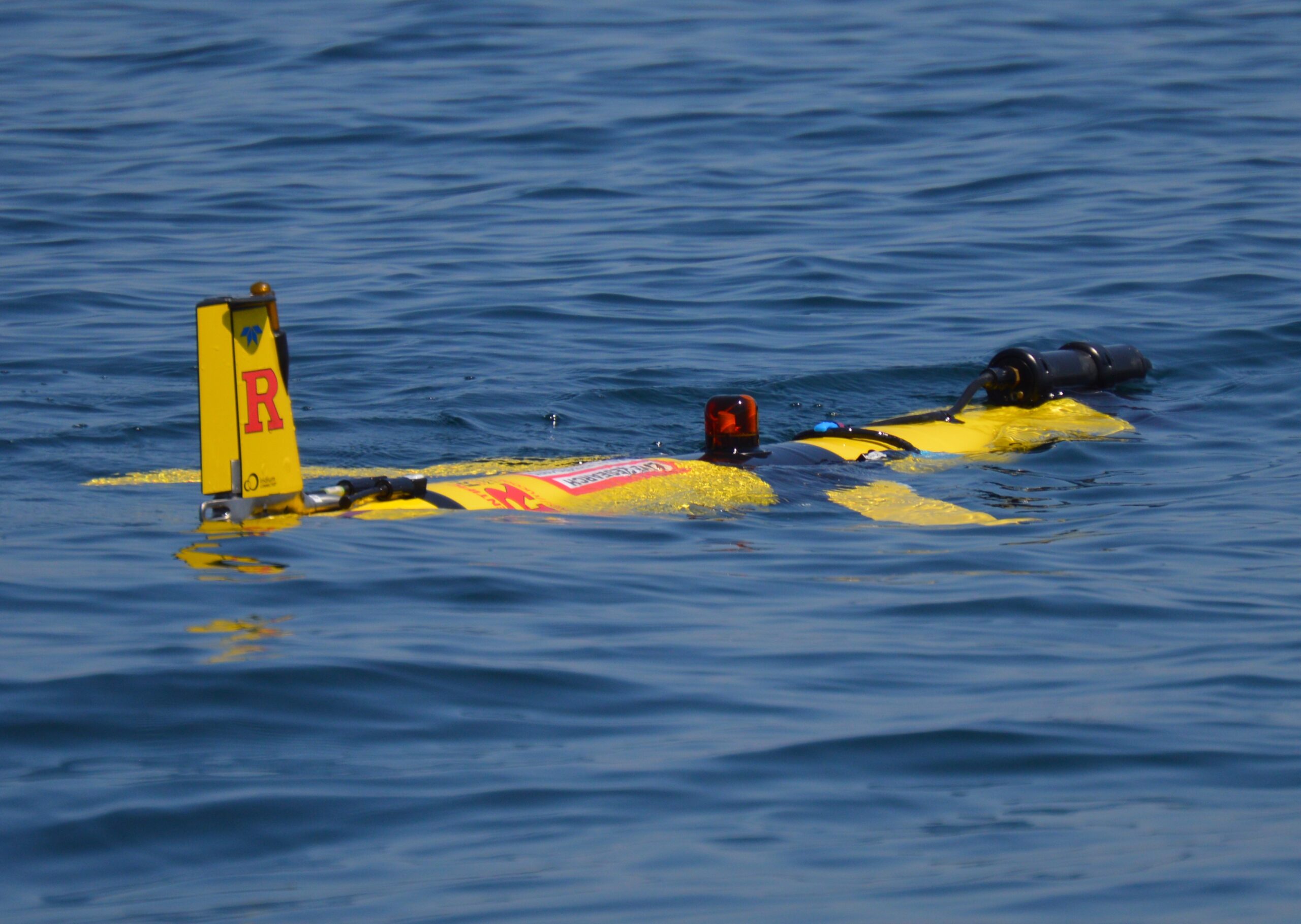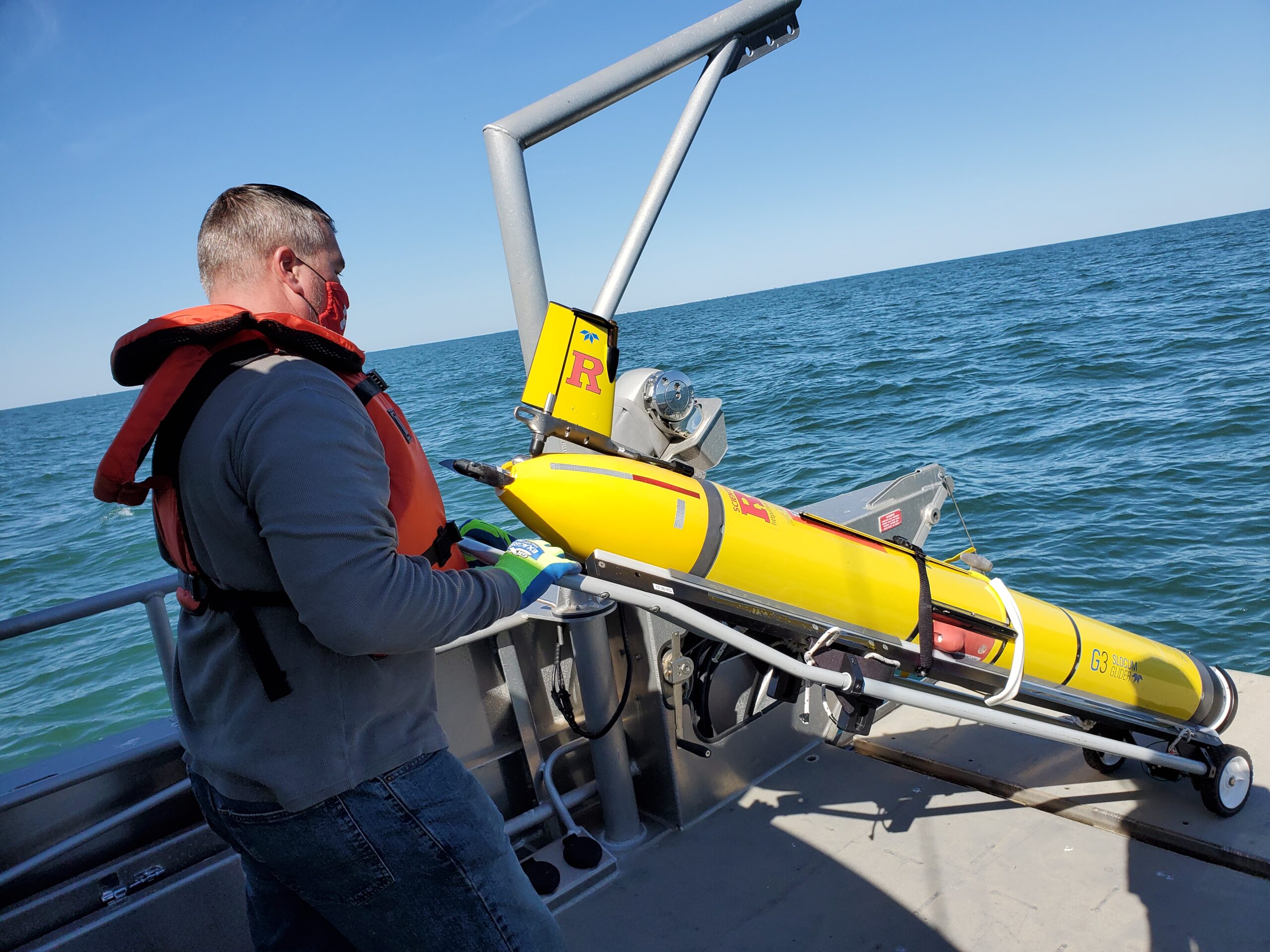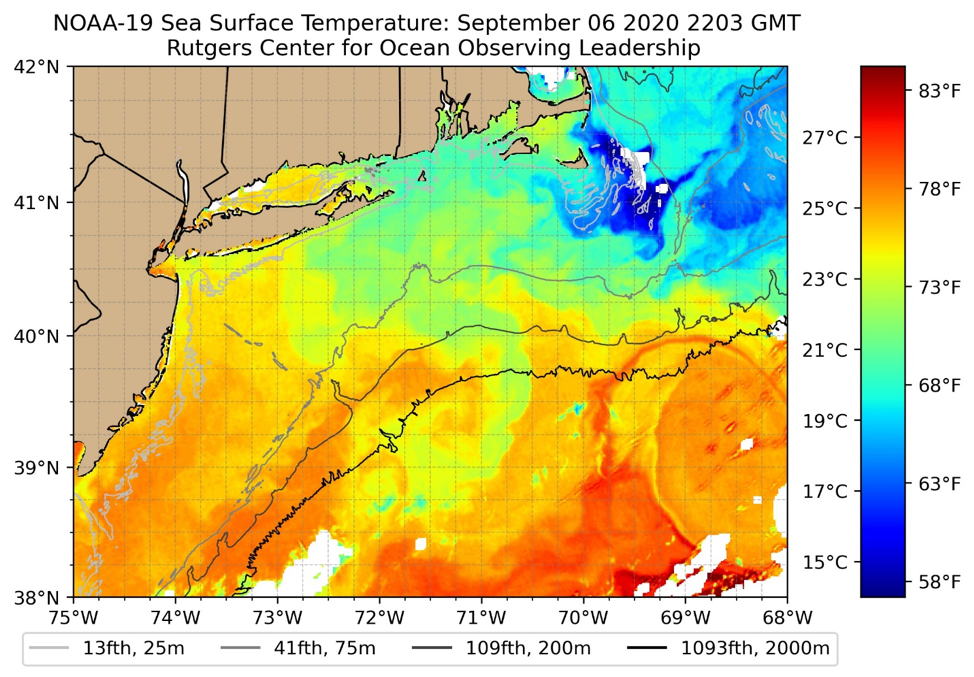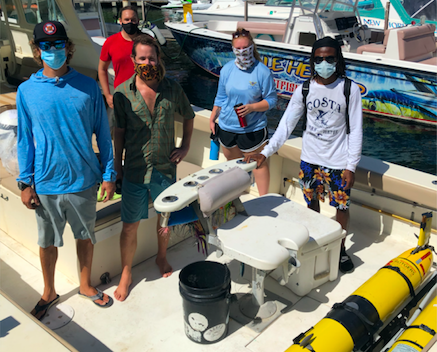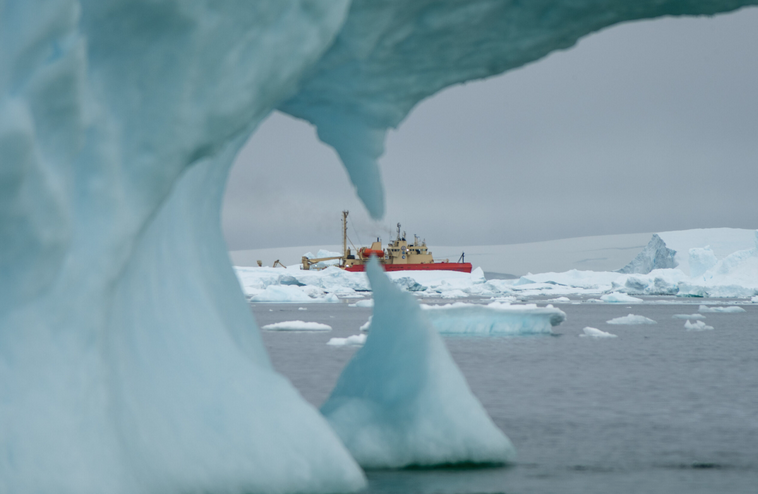Autonomous Minisubmarine Measures Seawater Conditions
Since the Industrial Revolution began in the mid-18th century, Earth’s oceans have absorbed about one third of the carbon dioxide emitted through human activities. The ensuing roughly 30% increase in…

